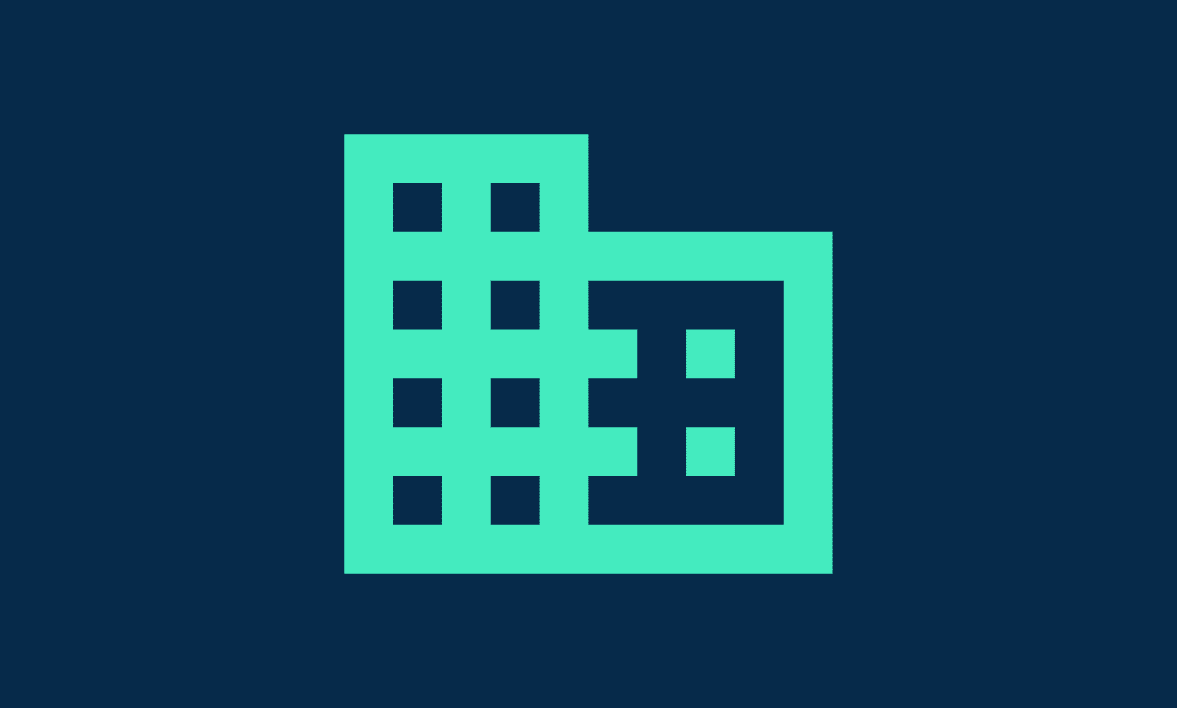
Blog
What is EBPP? A guide to electronic bill presentment and payment
For organisations sending thousands (or millions) of bills each year, the shift to digital billing is no longer just a nice to have, it’s an operational imperative. Paper billing systems are costly, slow, and difficult to scale. In contrast, Electronic Bill Presentment and Payment – or EBPP for short – offers a smarter, faster, and more secure way to reach customers, collect revenue, and improve the overall billing experience.
EBPP however isn’t just about replacing paper with email. It’s about creating a seamless, secure, end-to-end experience where customers can receive, view, and pay bills from a single, reliable platform.
This blog will walk through what EBPP actually means, how it works, and why more organisations – especially councils, utilities, and service providers – are making it a key part of their digital transformation strategy.
Understanding what EBPP really means
To understand EBPP, it’s important to step beyond the acronym and look at the value chain it supports.
Electronic Bill Presentment and Payment is exactly what it sounds like: a system that enables businesses to present bills to customers digitally and receive payments electronically. But that simplicity belies the sophistication behind it. A true EBPP solution goes far beyond digitising documents – it connects systems, simplifies operations, strengthens security, and redefines the customer experience.
It begins with the delivery of a bill or invoice, not as an email attachment, but as a secure, interactive experience. The customer receives a notification, logs into a secure platform or mailbox, and accesses a bill that is live, accurate, and often embedded with payment options. From there, they can pay on the spot, save the bill for later, set up automatic payments, or view their full billing history in one place.
Everything that happens after that – confirmation, reconciliation, archiving, reporting – is integrated, automated, and traceable. The bill doesn’t just get sent; it gets managed and actioned
Why email-based billing doesn’t make the cut
It’s tempting to conflate EBPP with any form of digital billing. After all, if you’re emailing PDFs, aren’t you already halfway there?
Not quite.
Email-based billing, especially when it relies on static PDF attachments, is more accurately described as electronic document delivery. It may reduce printing costs and get invoices out faster than the post, but it lacks the backbone of a proper EBPP system. A PDF in an inbox can’t confirm receipt, can’t support integrated payments and can’t tell you whether it’s been read. It can’t be recalled, versioned or secured once it’s left your outbox.
In fact, emailing PDFs often creates new risks and inefficiencies. Attachments are vulnerable to interception or accidental forwarding. They frequently get buried in personal inboxes, increasing the risk of late or missed payments. From an operational standpoint, there’s little visibility or control once the document has been sent. If the customer doesn’t respond, your team is back on the phone, chasing payments manually – again.
So, while PDF billing may feel digital on the surface, it doesn’t deliver the transparency, security, or automation that EBPP was built to offer.
The case for moving to true EBPP
As more organisations face pressure to modernise, the case for EBPP becomes harder to ignore. At the core of this shift is a question of value. The value of the dollars saved and the value of operational agility, data integrity and customer trust.
Traditional billing workflows are slow, error-prone and resource-intensive. They can easily create silos between finance, operations, and customer service teams. They rely on too many manual checkpoints, too many assumptions and too little real-time feedback. This makes it harder to forecast revenue, respond to issues or adapt to sudden changes.
In contrast, EBPP allows billing to become an intelligent process. One that runs quietly, efficiently and securely in the background. While providing your team with better visibility and your customers with a better experience. It shortens the time between bill delivery and payment, reduces reliance on outdated infrastructure and removes friction at every stage of the billing cycle.
That’s not just good for your balance sheet. It’s good for your brand.
Where EBPP shines: real-world momentum in councils and utilities
For many public sector organisations, EBPP is no longer a hypothetical future state. It’s a practical response to real problems.
Councils and utilities face high volumes, tight budgets, and strong expectations from both internal stakeholders and the public. They’re tasked with collecting revenue from thousands – sometimes hundreds of thousands – of residents and businesses, often using systems that haven’t kept pace with how people live or work today.
Ratepayers expect to be able to manage their notices the same way they manage their bank accounts: online, securely, on their schedule. Printing, posting, and chasing physical notices doesn’t just cost money, it erodes public confidence in service delivery. And when systems break down, the fallout is reputational as well as financial.
That’s why many councils and utilities have begun transitioning to EBPP solutions that are secure, compliant, and tailored to their operational needs. In doing so, they’re not just digitising bills – they’re creating a more consistent, scalable and transparent billing ecosystem. One that’s easier to manage, easier to audit and far more aligned with the expectations of modern residents.
Security, compliance, and customer confidence
Of course, billing isn’t just about sending and receiving – it’s about trust. And trust is built on how seriously an organisation takes security and compliance.
With EBPP, that responsibility is baked into the platform. Leading solutions use end-to-end encryption, role-based access controls, and robust authentication protocols to keep data secure. Every action, every log-in, view, click, or payment, is tracked in an audit trail. Sensitive information is stored and transmitted according to global standards like ISO 27001 or SOC 2, and payment flows are PCI DSS compliant by default.
This kind of architecture does more than protect your organisation, it reassures your customers. When someone receives a bill through a secure platform with clear branding, confirmation messages, and intuitive controls, they’re far more likely to engage, act, and pay on time.
Compare that to an unbranded PDF in an inbox from a generic email address and the difference becomes obvious.
What to consider when choosing an EBPP provider
As the market for EBPP platforms grows, so too does the range of capabilities on offer. But not all solutions are created equal and the choice you make will have a direct impact on both customer outcomes and operational overhead.
While features vary, a good EBPP provider should do more than deliver documents and process payments. They should understand your industry, work within your regulatory framework and support your internal systems with minimal disruption. They should offer a clear path to onboarding, flexible delivery options and reporting tools that are as useful to finance teams as they are to customer support.
Just as importantly, they should help you build confidence in your process, your people, and your public-facing presence. Because billing isn’t just a back-end function, it’s a customer experience touchpoint. One that either builds trust or erodes it.
Where Payreq fits in
At Payreq, we’ve built our EBPP solution around these very principles. Our approach is grounded in the idea that secure, scalable billing should be accessible to any organisation, without requiring a massive systems overhaul or a steep learning curve.
We help councils, utilities and other organisations move beyond email PDFs and into a fully integrated billing experience. One where bills are delivered securely to a smart digital mailbox or other secure endpoint, payments are tracked in real time and compliance is built into every step. Our platform doesn’t just work; it works with your existing environment. And our team partners with yours to ensure a rollout that’s smooth, supported, and strategically aligned.
Taking the first step
For any organisation still relying on email-based billing, printed notices or siloed payment systems, the message is clear: it’s time to reassess.
EBPP is no longer just for the digital elite. It’s now the baseline for what modern billing should look like – secure, seamless, customer-friendly and operationally efficient. And it doesn’t take years to implement. With the right partner and the right plan, you can make the shift in weeks, not months.
Start by mapping out your current billing workflow. Identify the points of friction, delay, or cost. Then explore EBPP platforms that align with your goals in functionality, support, compliance and long-term fit.
The future of billing isn’t email. It’s a platform that delivers certainty, for you and your customers.
Want to see EBPP in action?
Book a demo with Payreq or talk to an expert about transforming your billing experience.


